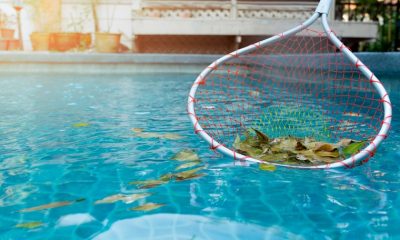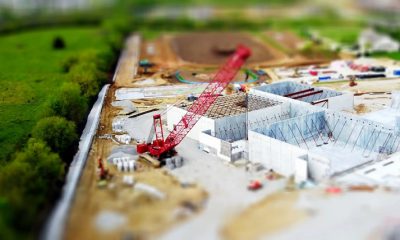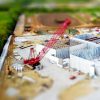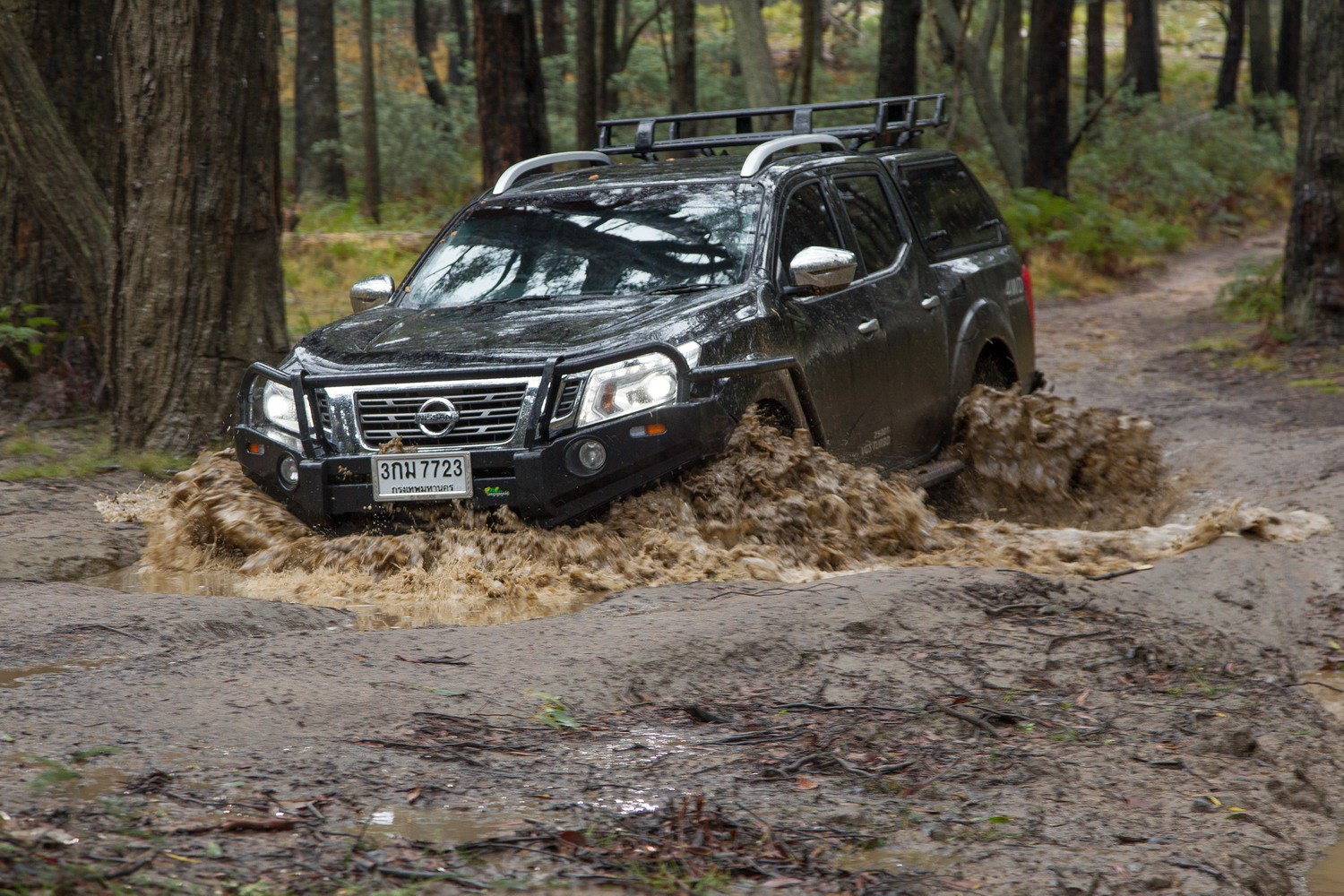Services
Tree Care: Elm Leaf Beetle Infestation and What to Do About It
Having trees planted in your yard adds a wonderful aesthetic. Trees can define your garden, provide seclusion and a shaded escape. They create an ever-changing scene, from bright blooms in the spring to lush green leaves in the summer and vibrant colours in the fall.
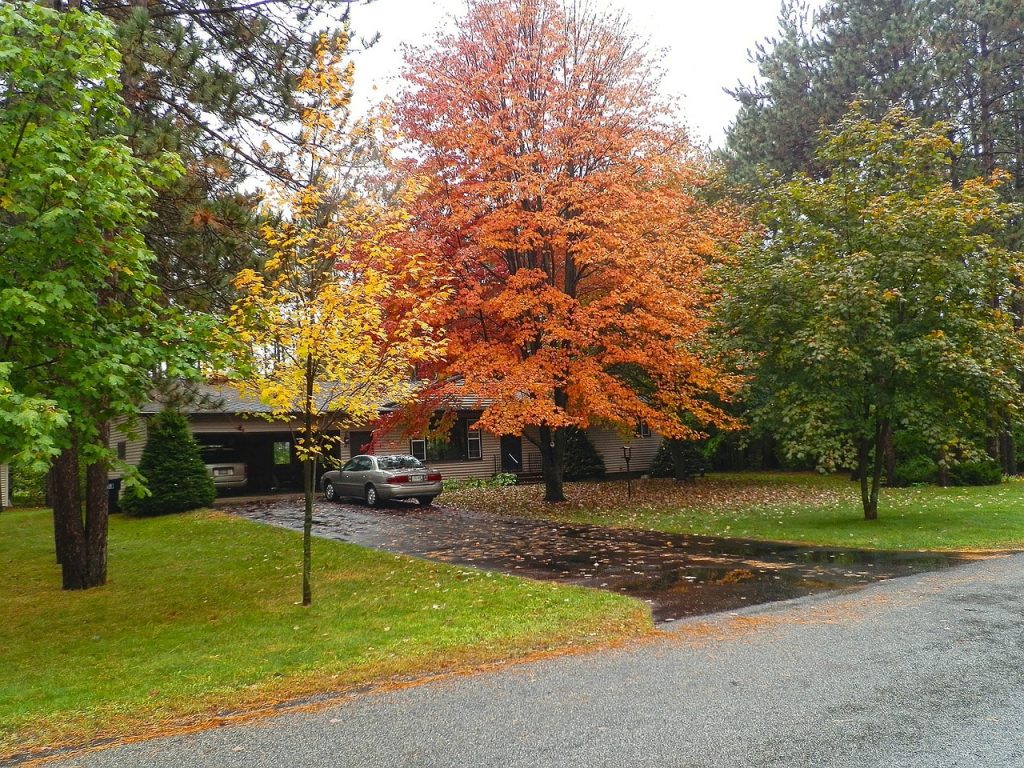
Of course, trees are living things, and living things can fall ill, even with the proper care and maintenance. You may be confused when leaf holes appear overnight and wonder what could’ve gone wrong. If you’ve spotted torn leaves dangling from your garden tree, hungry elm beetles may be eating their way through them. While this is concerning, it does not necessarily mean that the tree’s health has deteriorated, but, you should take measures since elm beetles may seek refuge in your home throughout the winter months.
Signs of Infestation and Elm Leaf Beetle Life Cycle
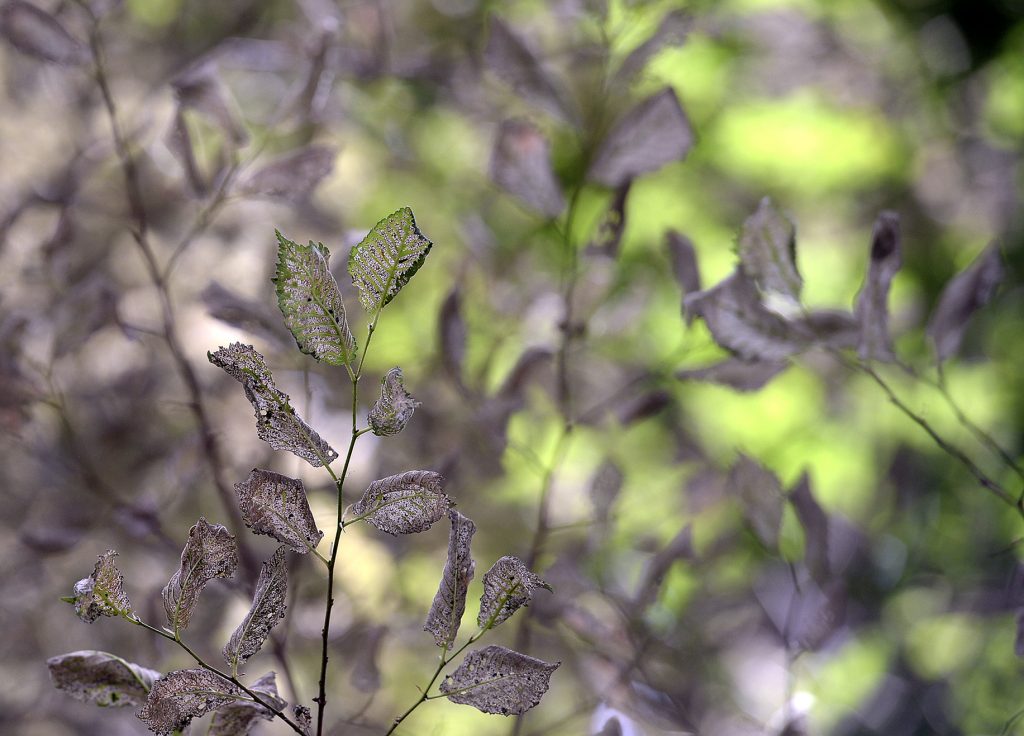
The elm leaf beetle, a European native, was discovered in Australia in 1989 in the Mornington Peninsula. The elm leaf beetle is about the size of a large grain of rice and appears dull green early in the season, becoming more distinct as the season develops. Elm leaf beetles are around 6mm long, yellowish to olive green in colour, and have black stripes. During the winter, the beetles hibernate in protected areas and emerge in the spring to feast on the new leaves. In the spring, the beetles deposit small lemon-coloured eggs in clusters on the underside of leaves, which hatch in 7-10 days. The larvae at first are quite tiny and virtually black, and they grow in size over the summer, reaching a length of 12 mm when they are black and yellow and resemble caterpillars.
The elm leaf beetle’s most severe damage occurs mostly during the larval stages of the insect’s life cycle. The larvae skeletonize the leaves, eliminating the tree’s capacity to photosynthesise and create energy stores required for growth, vitality, and disease resistance. Adult beetles also cause harm to the foliage, as shown by a shot hole look in the leaves, and this damage persists throughout the growing season. Early in the season, damage on one side of the tree is common, indicating the source of hibernating and emerging beetles. Adult beetles may travel fast by flying or “hitch a ride” on a vehicle. They travel from tree to tree, eating on the undersides of leaves and depositing eggs. Trees are frequently defoliated in a relatively short amount of time due to high temperatures speeding up the beetle’s metabolism.
Elm leaf beetles spend the winter hibernating in dry, protected areas such as under tree bark and around structures. Beetles emerge and geed on young elm leaves and new sucker growth when temperatures increase in the spring. As the season progresses, beetles begin depositing tiny eggs in a double row, the size of a sesame seed and the colour and look of micro lemons. Hatching takes 7-10 days, depending on temperature, and the larvae look like tiny black dots. Larvae have three instars, or “moults,” and develop rapidly between the first and third instars. Beetle larvae feed on leaves by consuming the green substance and leaving a skeleton of veins that desiccates the leaves.
This is the cause of total canopy defoliation. The most severe damage is done in the ‘third instar,’ with larvae eating 18 times more leaf material than in the ‘first instar.’ Late in the third instar, the larvae begin to move down the trunk or drop out of the canopy to the ground, where they pupate either on the ground or in cracks in the bark of the lower trunk. New beetles emerge from the pupae after around 10 days, depending on temperature, and the new generation disperses. as the cycle continues.
Two to three generations or more can occur every year in northern Victoria and southern NSW, whereas one to two generations occur in southern Victoria, depending on the temperature and length of the season. Depending on the temperature and nutritional quality of the leaf, successive generations of beetles can eat far into the first week of May. They will seek refuge and hibernate until October when the temperature cools or the leaves senescence.
How to Get Rid of Elm Beetles?
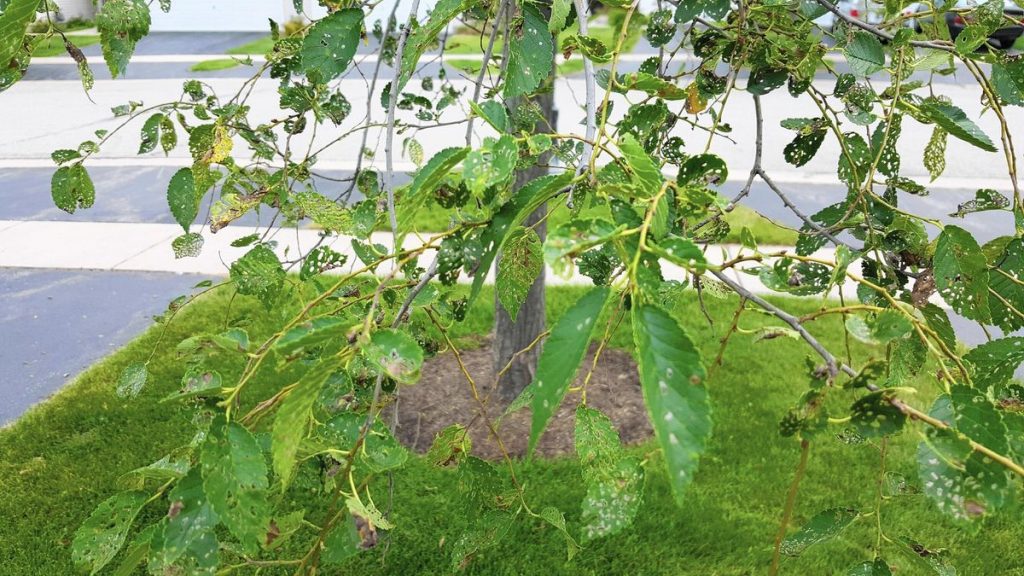
Just as it’s advisable to hire a tree arborist for successful tree removal, you should call and engage a professional to perform an elm leaf beetle treatment. You should understand that consulting arborists and ecologists can provide you with a broader perspective on both the health and structure of your trees, as well as advice on the long-term consequences of your elm leaf beetle treatment options. For example, tree work companies can offer independent advice on tree structure and the related risk of failure, as well as the consequences of drilling, injecting, or utilizing soil treatments.
Natural Bug Control and Trunk Banding

Consider attracting beneficial predators that will feed on the leaf-eating insects and naturally keep their numbers under control without the use of harsh chemicals before applying chemical pesticides to the tree. Caterpillars, for example, provide a food source for numerous predators such as birds, reptiles, and small mammals. Birds will visit your garden if you place birdhouses or feeders around it. The birds will consume the leaf-eating caterpillars that are feeding on your trees once they arrive.
If you want the most environmentally friendly elm leaf beetle treatment tips to halt the infestation, look into trunk banding. Trapping larvae that travel down the trunk between December and early February is safe non-chemical management. Wrap adhesive tape around the trunk in a 20cm wide strip with the sticky side facing out. The lifecycle of the beetle is therefore disrupted. However, timing is critical when using banding techniques. The bands must be placed before the larvae begin to move down the trunk, which might vary according to the weather each season, therefore careful monitoring is required.
If beetle populations are large, banding treatments may need to be repeated multiple times during the season. These approaches will not reduce beetle numbers or damage in the first year, but they should reduce beetle numbers and damage in the following. While this approach is harmless for the environment, it may not be successful against large infestations. The application must be located high on the trunk and away from youngsters and dogs.
Soil Applied Systemic Insecticides
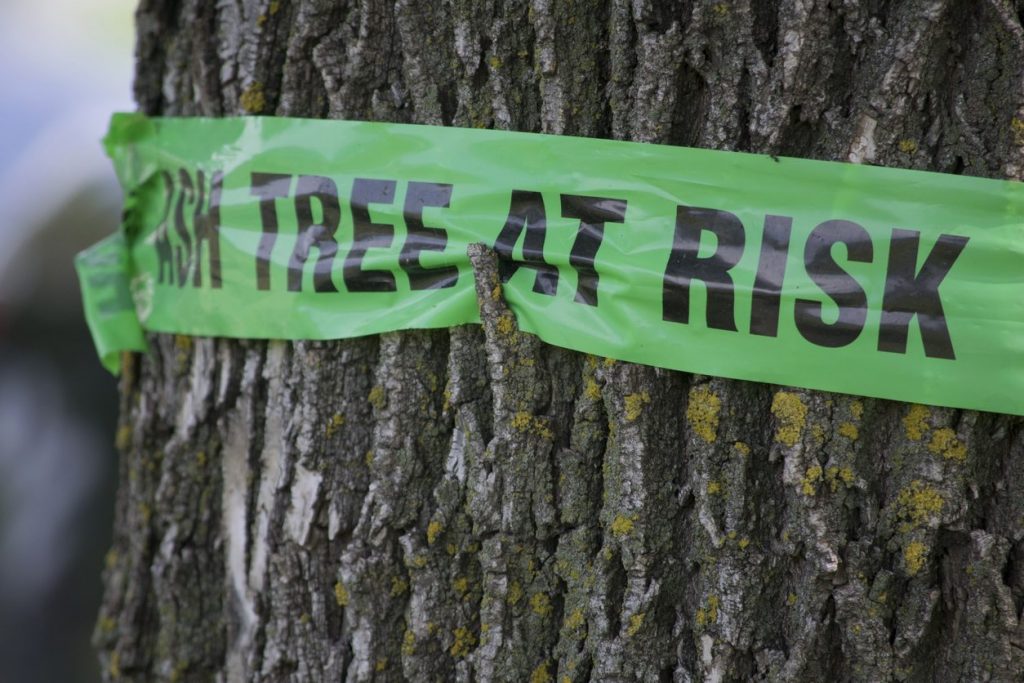
Soil injection includes injecting an insecticidal solution around the root zone of the tree and is performed from May to October to possibly accomplish two years of canopy protection. It may take up to 10 weeks for the therapy to be completely absorbed. Soil injection requires up to 100 L of water per tree and is not advised when soil moisture levels are low. Soil injection is extremely harmful, to soil flora and fauna, including earthworms and mycorrhizal fungi. Applications near streams and rivers, as well as food gardens, offer special dangers to invertebrates and human health. For those particular reasons, a lot of tree work businesses phased out this treatment method.
Tree Injections
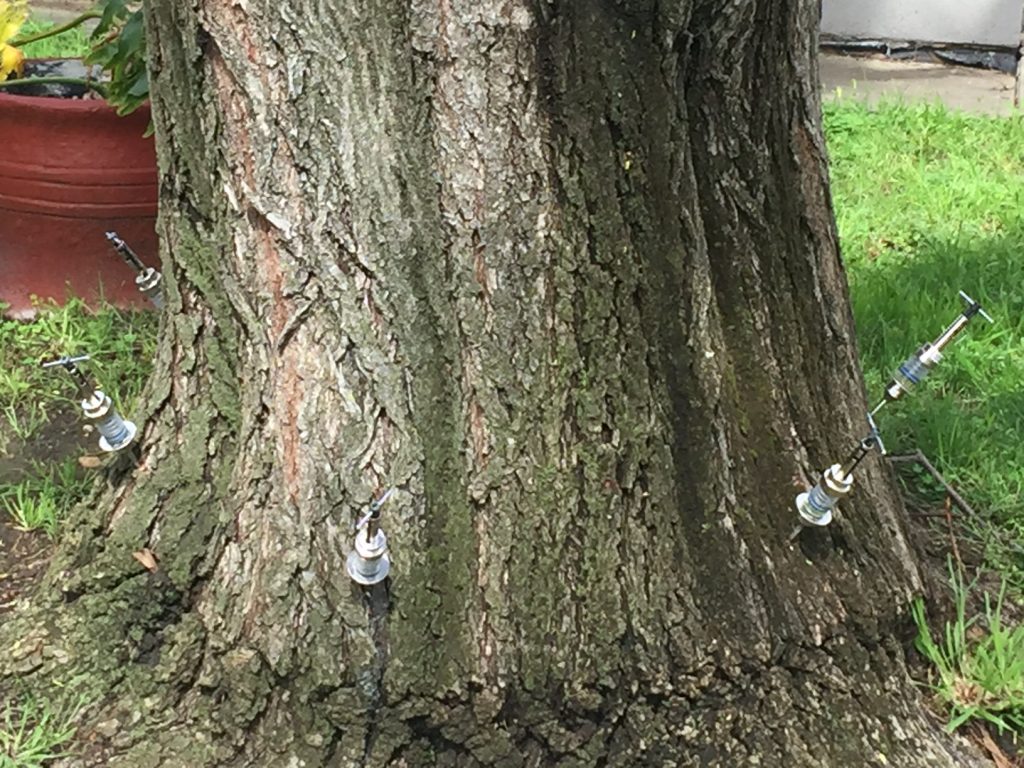
This approach, often known as ‘tree vaccination,’ involves directly injecting insecticides, fungicides, or both into the tree trunk. Chemicals are transported to the sapwood or active xylem, where translocation distributes the solutes to the leaves. Tree injection is meant to guard against damage and defoliation for two or more years and is appropriate for all circumstances, unlike soil injections that are considerably limited by too wet or dry conditions. Furthermore, as compared to soil injection, trunk-injected trees have a larger amount of active components available in the canopy, ensuring a superior degree of control while also being very stable within the tree.
Tree injection will not kill earthworms or other helpful soil invertebrates, nor will it have an impact on soil biology by damaging important soil fungi that are necessary for nutrient absorption. In addition, tree injection will not contaminate pasture or impact animal residues, since the maximum Imidacloprid residue limit for pasture and fodder is 1ppm. It’s the most environmentally friendly technique available, and it’s safe to use around children, pets, and riparian areas. Tree injection is a year-round treatment that is quick, safe, and unobtrusive.
Canopy Spraying
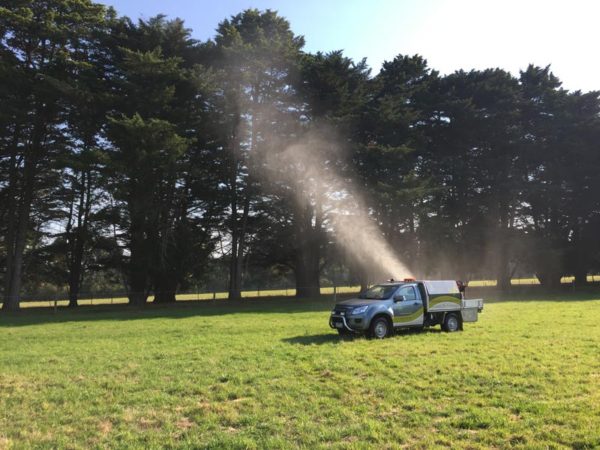
At full leaf growth, canopy sprays and airblast treatments with biologicals are used (around the 3rd week of October onwards and dependent on elm species and cultivar). Trees up to 30m tall can be treated with a single treatment that provides complete protection for the whole growing season. To avoid severe damage and catastrophic decline in an untreated tree, it is critical to use suitable treatments at the appropriate time.


